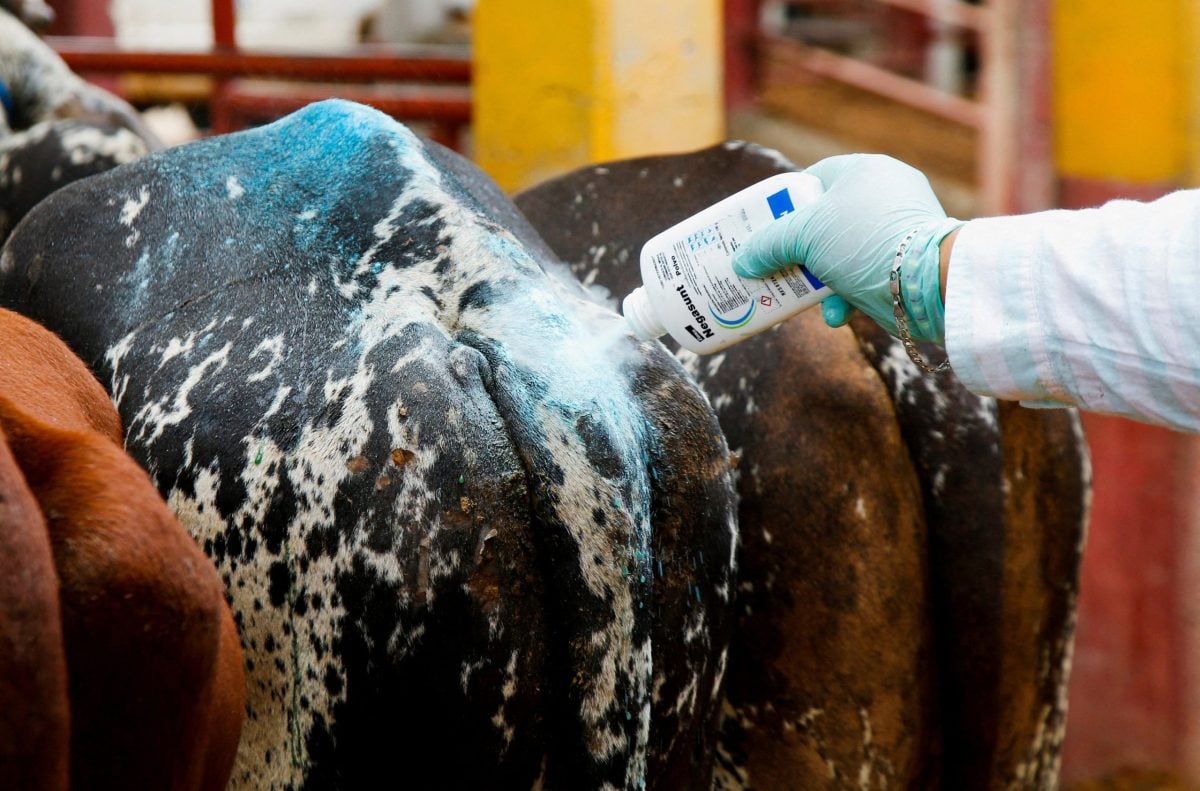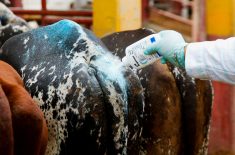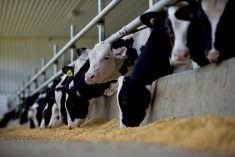(Resource News International) — The liquidation of Canada’s beef cattle herd is seen winding down in a year’s time.
A Statistics Canada report released in February showed low farm inventories of cattle in Canada, which the government agency said reflected market uncertainty and rising input costs.
The report confirmed a continuation of a long-term downward trend in Canadian cattle numbers. Canadian cattle inventories fell to 13.2 million head, down 5.1 per cent from Jan. 1, 2008, with smaller dairy and beef herd sizes reported.
On the beef side specifically, herds declined in all four major beef producing provinces (Alberta, Saskatchewan, Manitoba and Ontario) and showed no signs on rebuilding, as indicated by lower cow and heifer numbers.
Read Also

Mexico agriculture secretary says still no date for restarting cattle exports to U.S.
Mexican Agriculture Minister Julio Berdegue said on Wednesday that Mexico and the United States have not yet set a date to resume Mexican cattle exports amid an outbreak of the flesh-eating screwworm parasite.
“I think for the beef herd we’re almost to the end of the downturn in herd size,” said Martin Unrau, vice-chair of foreign trade for the Canadian Cattlemen’s Association.
Unrau, a cattle producer from MacGregor, Man., estimates there will be roughly one more year of herd shrinking before the numbers begin to grow again.
The normal expand-contract cattle cycle is “alive and well” but the size of the Canadian beef herd was artificially inflated after 2003, when the discovery of bovine spongiform encephalopathy (BSE) in an Alberta cow shut Canadian cattle out of many international markets, said Unrau.
At that time, the market became so depressed that producers were forced to hang onto cattle until prices rebounded enough to make a decent return.
“Consumer response”
The current herd liquidation only really took off in the past 24 to 28 months, around the time when the U.S. border reopened to cattle over 30 months old (OTMs) and the market improved, he said.
It’s difficult to estimate the level to which the Canadian herd size will shrink, given the number of factors that influence producers’ decisions to hold onto or sell their cattle, said Brenna Grant, a research analyst with Calgary-based CanFax.
“One of the major factors this year is that we already have producers in Alberta talking about drought, which would impact water availability for cows. The other thing is consumer response. There was a bid drop in demand in 2008 and until we see some market improvement it is hard to say what will happen,” Grant said.
When the Canadian beef herd does begin to expand, Unrau thinks the industry will have changed. There will be fewer producers and on average they will be older.
“Over the last six years we haven’t really seen any young people come into the industry so what we’ve got is an older population. At one point, the average age was 56, which tells you the industry has changed,” Unrau said.
He believes, however, there are young producers waiting in the wings.
“When you talk to young people, they say they’re going to try and get in. So, things will turn around, it is just a matter of getting to that point,” Unrau said.
“When the numbers start climbing again, it will reflect optimism among younger producers that the worst has passed.”











